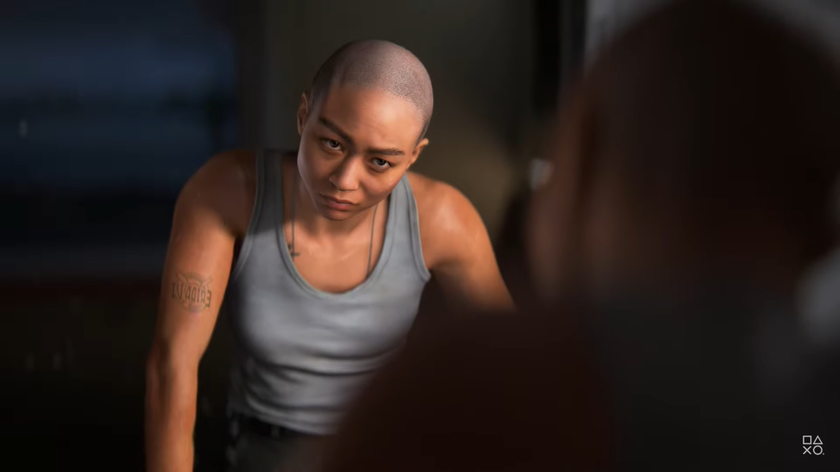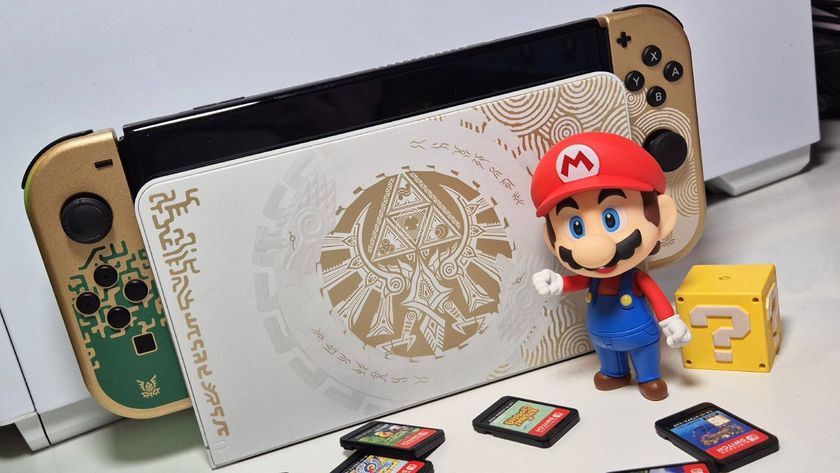Flatout
Seamlessly blended destruction and speed make for redneck mayhem, says PC Gamer
The windscreen is shattered, the bonnet buckled, the passenger door merely a memory. As you grapple with a ravaged gearbox, your twisted shell of a car crawls towards the finish line, hunted relentlessly by the driver you forced into that water tower two laps ago. The track changes with each collision, each spectacular crash, but you're oblivious to the debris that comes flailing your way. This will be a hellish final lap but you're driving to win. You're driving FlatOut.
This new flavour of rally racing is on course to send the whole petrol-soaked genre skidding violently off its driving line. Capturing the twin thrills of speed and destruction, FlatOut will put you behind the wheel of a car that feels alive and vulnerable, to race on tracks that accumulate deadly new obstacles as the laps tick by. Finnish developers Bugbear are already putting a distance between them and the rest of the field. And they're doing it with one eye on traffic from an entirely different direction.
"One of the games we were, and still are, looking up to is Half-Life 2," says Aki Jarvilehto, Bugbear's Business Development Director. "When we first saw it we wondered what would happen if you took the same kind of physics and applied them to a racing game. Nobody has done that kind of thing before".
A cheeky comparison perhaps, but think back to Valve's earlier HL2 movies, to those dynamic environments and the incredible in-game physics that reacted to Gordon's every move. Where every action seemed to have a consequence in the world around him. Then take FlatOut for a spin and, by the time you've reached fourth gear, it hits you. Throw Gordon's crowbar in the boot, chuck him a helmet and a set of keys and you'd have FlatOut.
Bugbear's technology isn't new, however. Under FlatOut's bonnet is the same engine that powered their 2000 racer, Rally Trophy, but four years of tuning and tweaking have created physics that bear comparison to Valve's Source technology. The 15 courses span dustbowls and forests, asphalt circuits and cityscapes, each with its own brand of shortcuts and obstacles, each a big box of toys waiting for the roaring hulks of metal to come out to play.
"Pretty much everything on the courses is interactive," says Bugbear's MD, Janne Alanenpaa. "If a car hits a pylon it will collapse and you'll see the cabling and the electricity reacting. The kind of thing you'll see in Half-Life 2."
Sign up to the 12DOVE Newsletter
Weekly digests, tales from the communities you love, and more
The feeling of racing in such dynamic environments is intoxicating. You've seen lines of cones and banks of tyres in games before but you've never seen them scatter, bounce and roll across the track on impact so realistically. You've never raced half a lap with a cone trapped under your front wheel or a tyre rolling around on your bonnet before. And you've never had to cope with a course that reacts so dramatically to the race that's going on around you. These dynamic environments have an appetite for destruction that is ably fed by another of the game's showpiece features: the real-time damage model.
"So far nobody has attempted this," says Alanenpaa. "We work with two different models for each car: the undamaged and the completely wrecked version. When you receive damage we're calculating that on the fly: as the car moves closer to the completely wrecked version it's being modelled exactly as it happens."
The cars are made up of 40 separate components, each with its own hit points. These components then degenerate with every prang, bang and all-out crash. Panels get beaten and bumpers come loose as cars get tossed around the circuit like drawing pins. It doesn't take long for the cars to begin to shed their wreckage to form a minefield of debris around the circuit.
Jarvilehto tells us more: "After just a few laps the track is going to be littered with wreckage, you will have never seen so much in a game. The results of damage to your car and the environment don't vanish, so the tracks are alive, they're going to be different every time you run them."
Balancing the visual impact of this revolutionary damage model with the actual handling of the car is Bugbear's next major task. Rally Trophy, for all its realism, was a stubborn beast to tame and Bugbear are clearly intent on creating a more accessible driving experience with FlatOut. It means shoving realism into the back seat. "The damage model isn't being designed to be realistic. That would mean that one over-the-top act would end your race... Your engine will stall, your steering wheel will start to wobble, all your damage will impact on your handling, but you'll be able to carry on driving even though the car is wrecked."
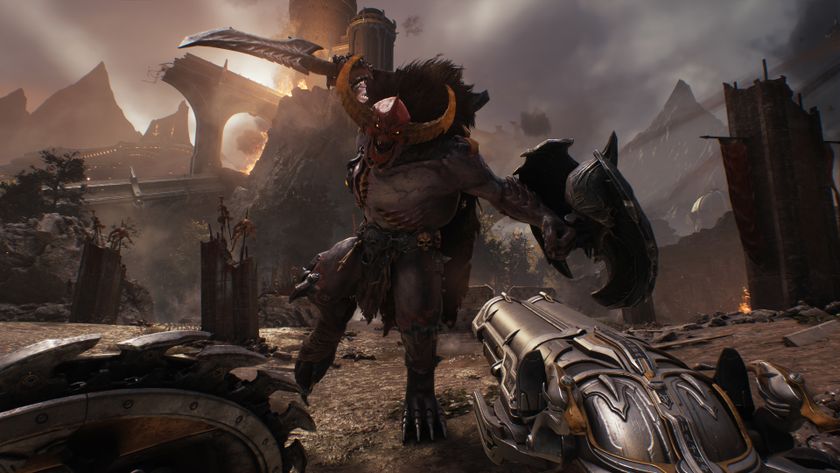
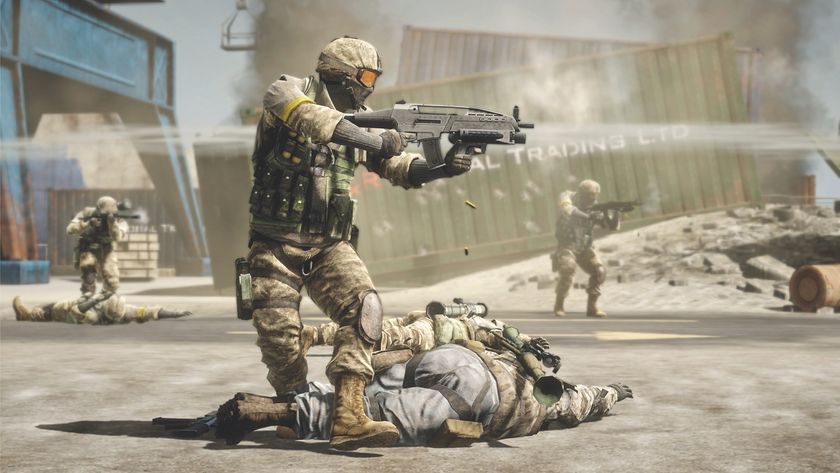
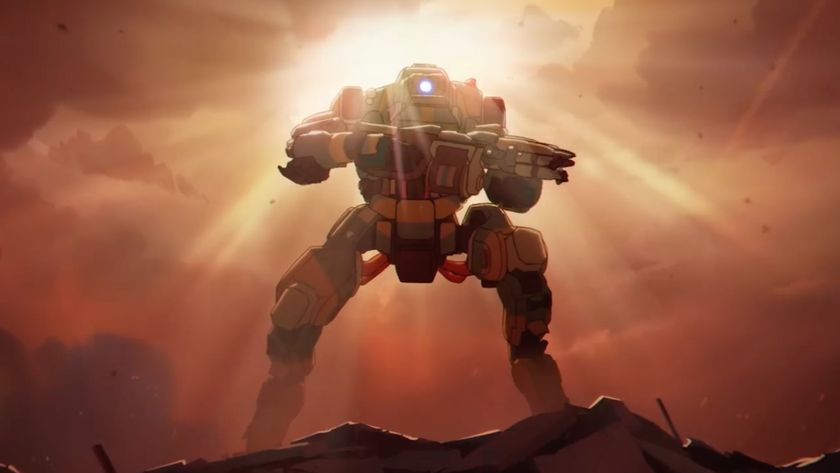
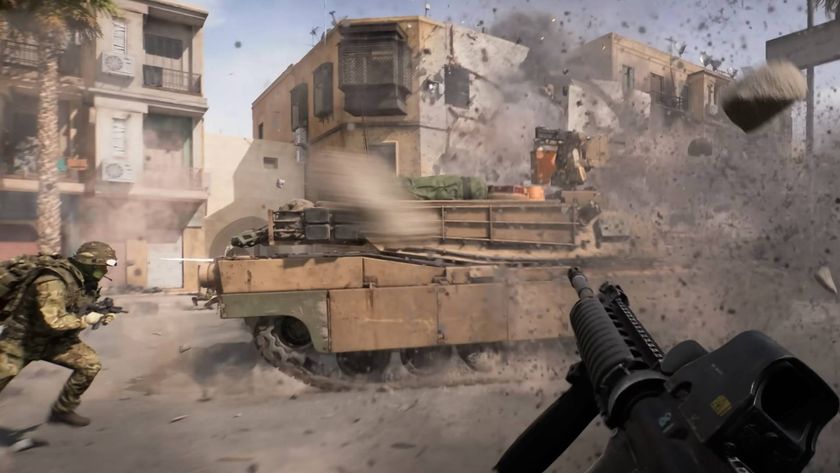
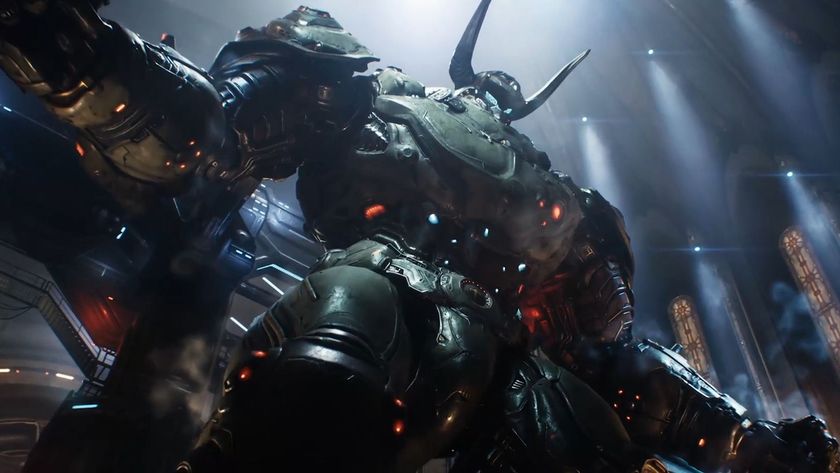

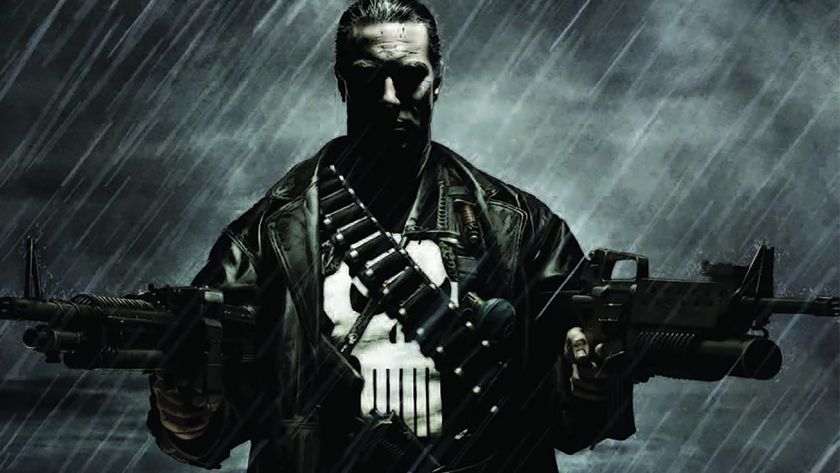
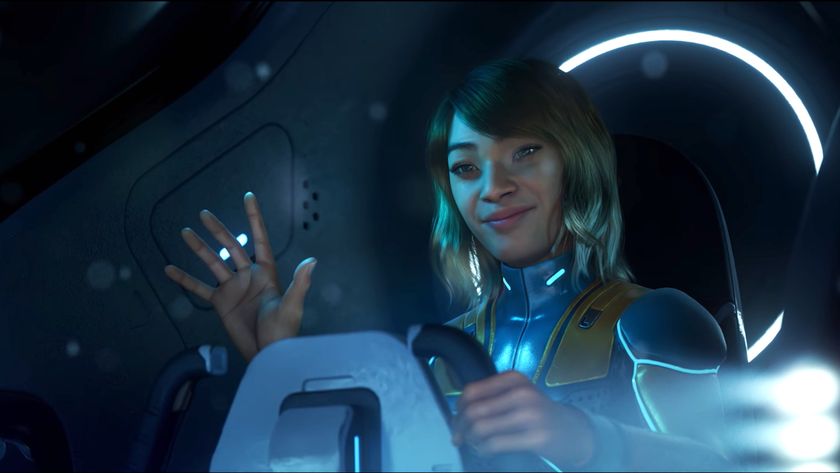
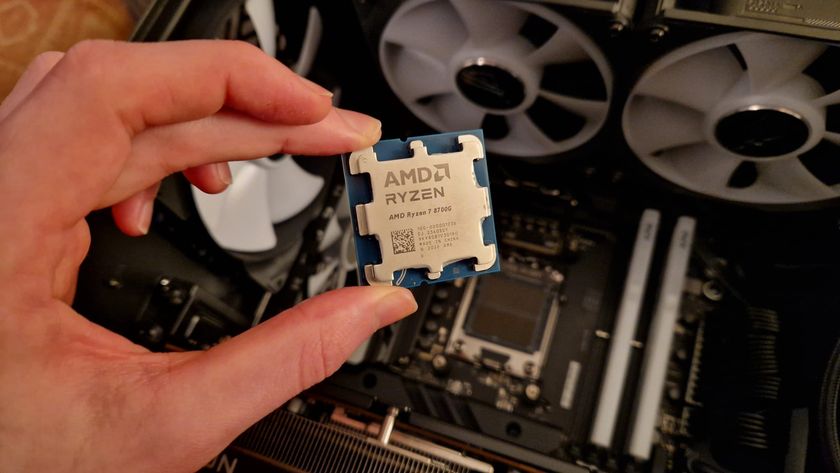
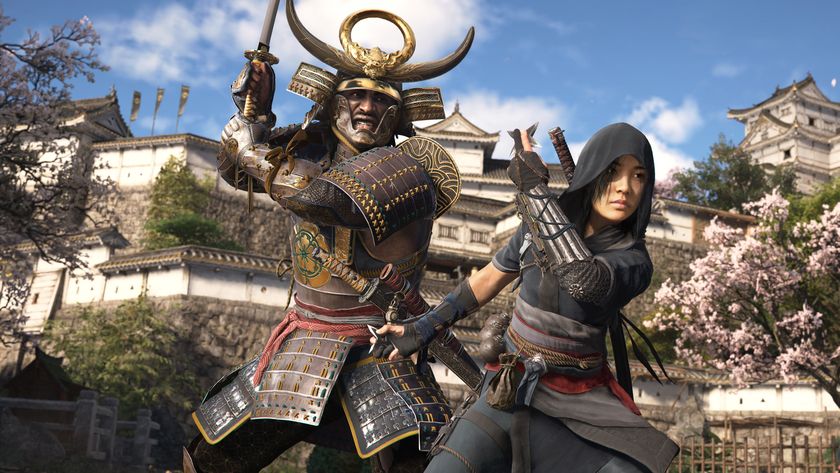
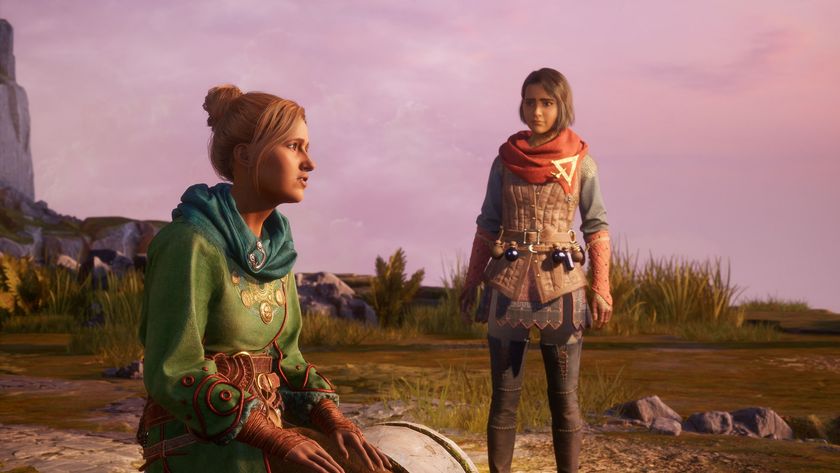
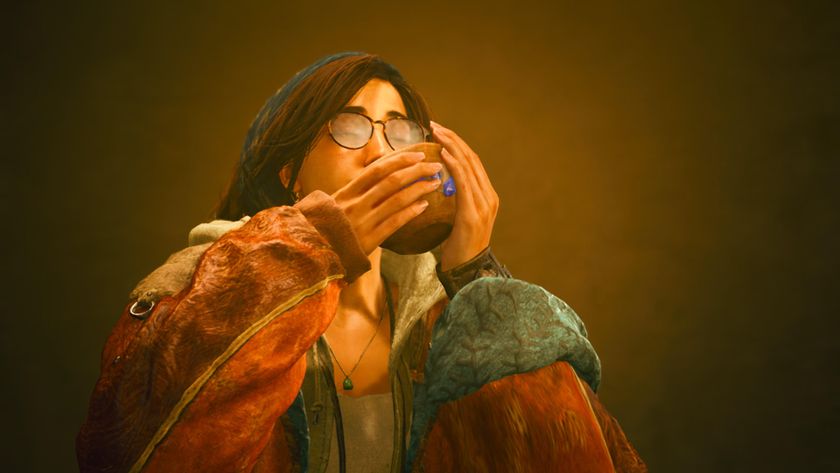

Doom director claims The Dark Ages can be beaten without using a gun, but "the game's not necessarily built to do that"

Battlefield dev reveals more of his Bad Company 3 script and confirms the plot would revolve around the squad getting kicked out of the military and brought back for a final suicide mission
